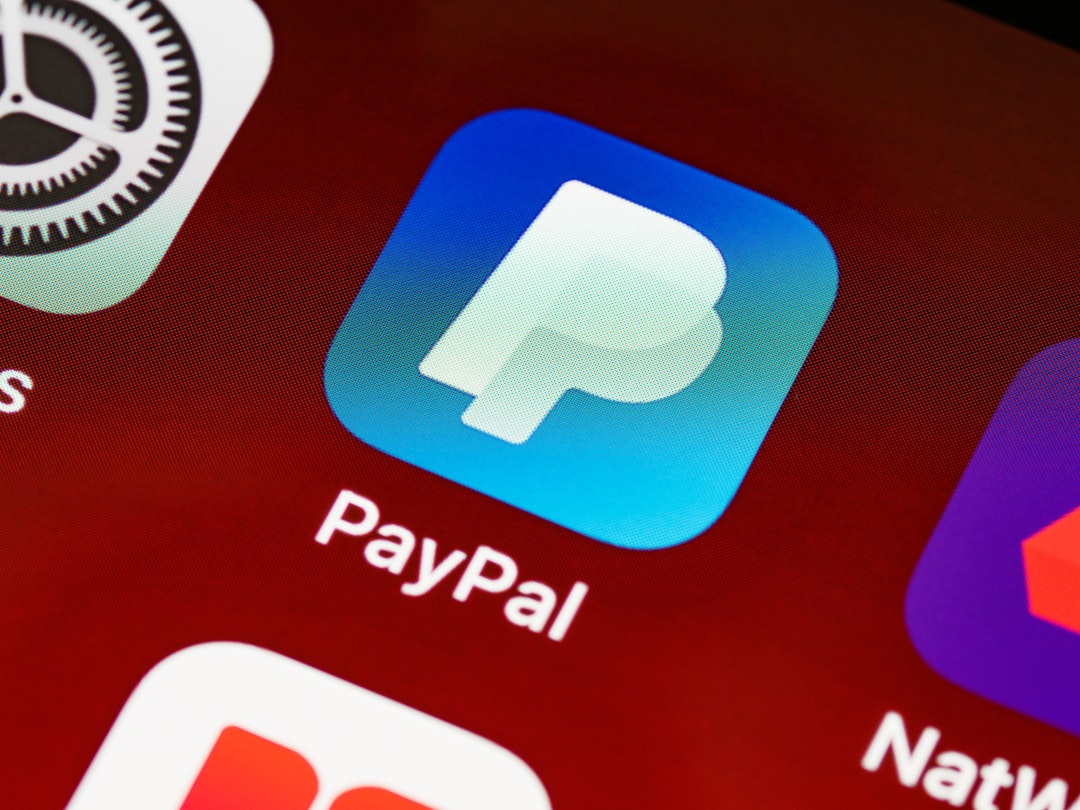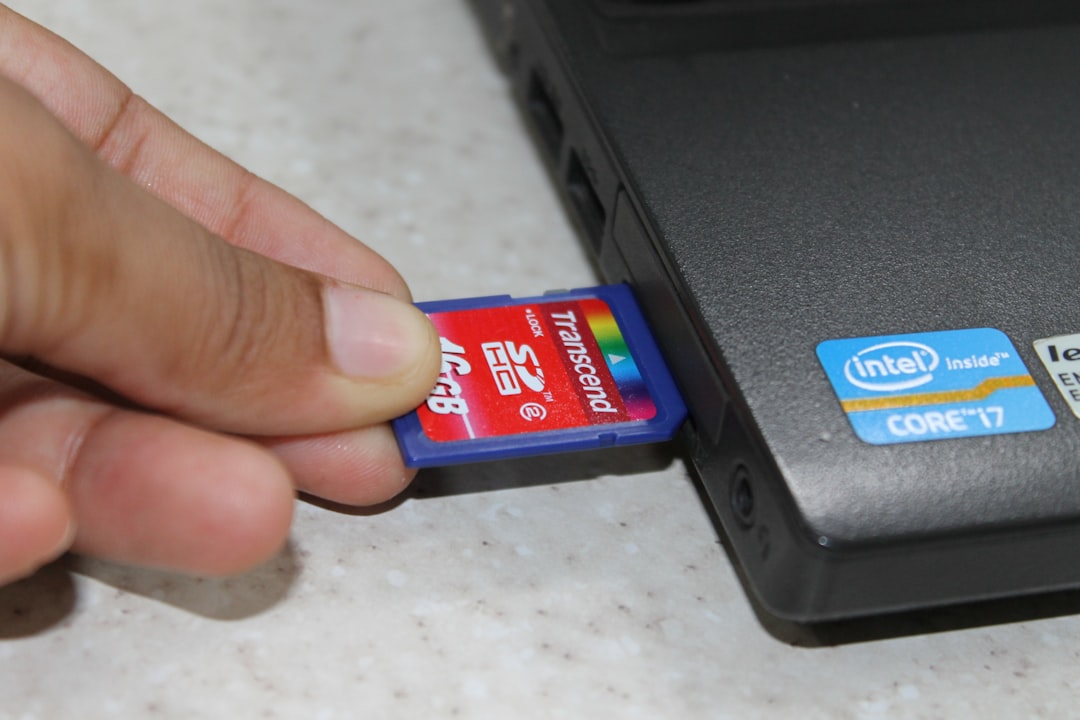You’re all set to purchase an app or subscribe to a service through Google, only to encounter a frustrating error: your payment gets declined or you’re hit with an FGEMF.20 error. If this sounds familiar, you’re not alone. Millions of users face similar Google Pay issues every year. Whether you’re dealing with a declined card, suspicious activity flag, or a persistent error code, understanding the cause and solution can help you resolve the issue quickly and resume your digital transactions with peace of mind.

What Is the FGEMF.20 Error?
The FGEMF.20 error code is one of Google’s internal error messages tied to payment failures. While Google doesn’t publicly disclose the exact meaning behind their error codes, this specific one typically relates to fraud prevention mechanisms. It’s often triggered by:
- High-risk transactions
- Inconsistent billing information
- Repeated failed payment attempts from the same account
- Use of VPNs or proxies during a transaction
Google flags these transactions as suspicious to protect users and partners from potential fraud. Although this feature is important, it can mistakenly impact genuine payment attempts, leaving users uncertain about how to proceed.
Common Reasons Your Google Payment Is Declined
Before diving into a detailed fix, it’s essential to understand the top causes that might lead to a declined payment or the FGEMF.20 error:
- Card Issues: Expired or insufficient funds, card blocked for international transactions.
- Billing Mismatch: Errors in your name, address, or country that don’t match the card issuer’s records.
- Account Limitations: Suspended or temporarily limited Google accounts.
- Device Security Settings: Unverified devices or unsecure networks.
- Bank Rejections: Payment blocked by your bank or flagged for unusual activity.
Steps to Fix the Problem
If you’ve experienced a payment decline or the dreaded FGEMF.20 error, try the following solutions in order. These steps address technical, billing, and security-related issues that may be affecting your transaction.
1. Verify Your Credit or Debit Card Details
Double-check the following details in your Google Payments profile:
- Card number and expiration
- CVV (security code)
- Billing name and address
Ensure your card supports online purchases and is not expired.
2. Use a Trusted Network and Location
If you’re using a VPN, proxy, or incognito mode, try again from a direct internet connection in your usual physical location. Google’s systems may block transactions flagged as suspicious due to changing IP addresses or masked locations.
3. Remove and Re-add the Payment Method
Sometimes refreshing the payment method resolves underlying validation issues.
- Open Google Pay
- Delete the problematic card
- Add it again using accurate information

4. Contact Your Bank
Reach out to your bank to understand if there was a block or fraud alert on your card. Ask them to authorize payments to Google or international merchants if necessary.
5. Update or Create a New Google Account
In some rare cases, the issue lies with the Google account itself. If you’ve had past issues with unauthorized transactions or disputes, Google’s systems may mark your account as high risk.
- Sign out of your current account
- Create a new Google account
- Try the payment again using the new account
When to Contact Google Support
If you’ve tried all the above and continue to see the FGEMF.20 error or your payments remain declined, it’s time to escalate:
- Go to the Google Support Center
- Navigate to Payments > Report a Payment Issue
- Provide all relevant details including the exact error message and timestamps
Google’s team may request ID verification or further information before re-enabling your account or payment capability.
Final Thoughts
Encountering a payment declined notification or an FGEMF.20 error can interrupt your experience and raise concerns about account security. However, by systematically identifying the problem and taking the appropriate actions, most users resolve the issue within a short time. Staying vigilant with your account and financial information is key to avoiding future interruptions.

If you continue to experience repeated declines despite following all these steps, consider using an alternative payment method such as PayPal (linked to your bank), a verified virtual card, or even another Google account. Ensuring that your financial tools and personal data are in sync with Google’s verification systems can prevent these issues from occurring again in the future.